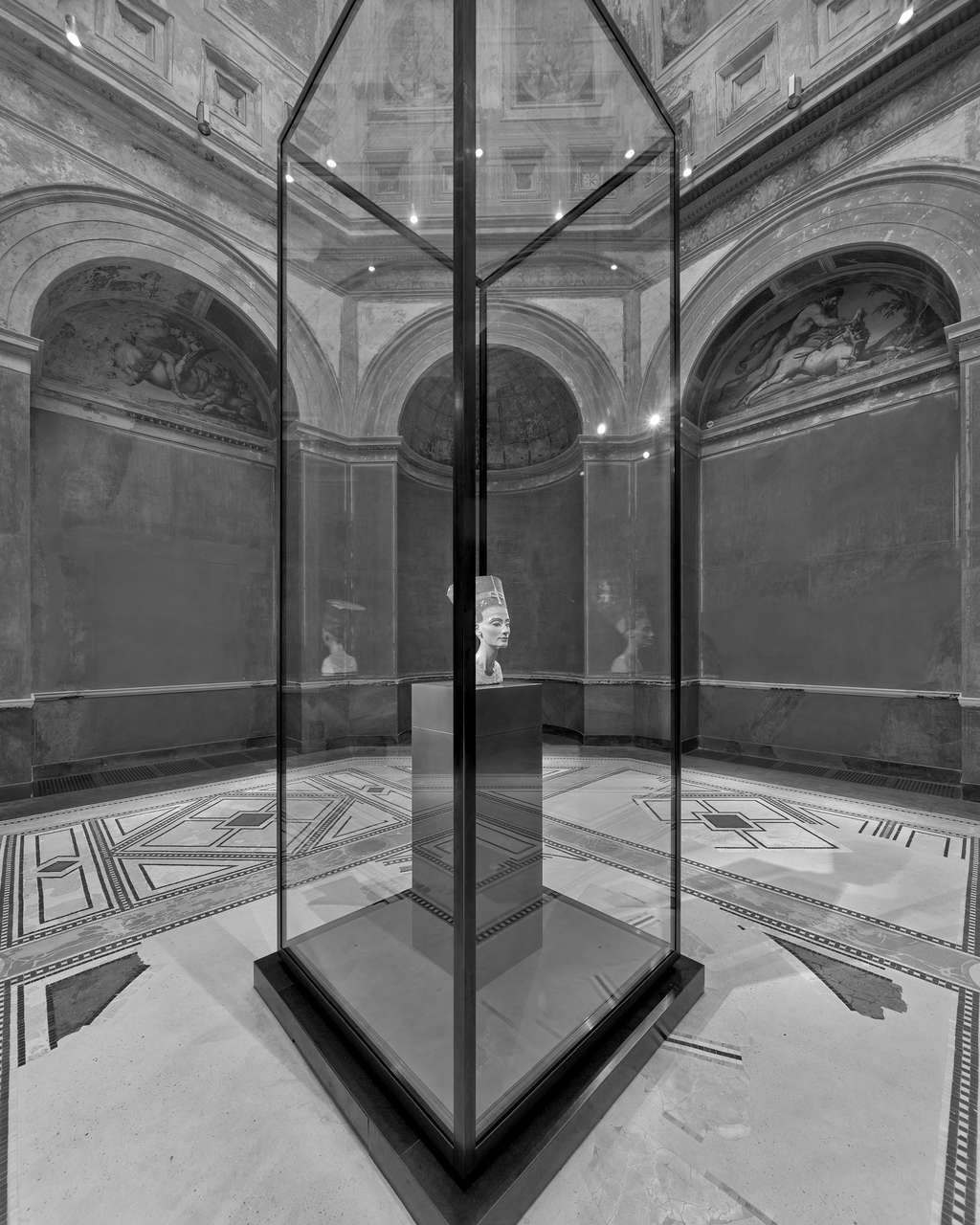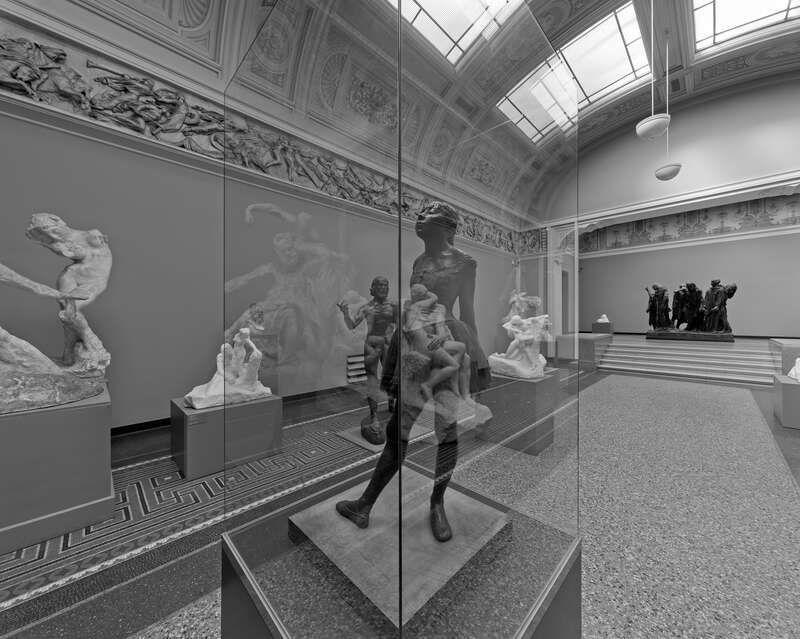There is a common tendency to understand photographs as integral parts of human-to-human communication. In this view, they’re intentionally produced by human agents and receive their full meaning only when read and/or studied by another human. In other words: they’re only relevant if they deal with human concerns. Photographers and viewers are bound by a simple contract: the role of photographers is to clearly state their intentions, while the task of viewers is to look for clues to reconstruct the intent of the maker, thus deciphering the image’s message. Photographs are tools of communication; they allow humans to share an understanding of or insights into the ways of the world. This, at least, is the premise on which the century-long alliance between photography and the printed press was built.
Today, however, two things have changed, leading to questions regarding the centrality of the human subject (both as operator and as addressee) in the photographic process. The first change is bound up in the unravelling of the aforementioned alliance between photography and the printed press, which started in the late 1970s and early 1980s. As a result, photographers started exploring other possibilities and aspects of the photographic image beyond its mere capacity to communicate - an examination that is reminiscent of the early decades of photography in which every photograph was also a meta-image that stated an idea about what photography is or could be. The second change has to do with the digitalisation of our visual environment and the exponential rise of technological images within this realm. Here, human-to-human communication is being replaced by a movement from algorithm to algorithm, an automated process whereby images never leave the closed loop that runs between the machines of production and analysis. Both changes opened new avenues of thought about photography and its cultural implications.

Wasn't There, 2005
Carbon print on baryta paper
It is in this break with traditional expectations of photography that we have to situate the work of Belgian photographer Marc De Blieck (°1958). His point of attack is the amalgamation between point of view and viewpoint. The seemingly unbreakable link between these two concepts follows from the pure necessity that defines all technological images: the necessity of the maker to stand somewhere and aim the camera at the world from that specific point in space. This vantage point defines not only what will be seen but also how what is captured through the lens will be understood. It is in this mingling of the how and the what that a particular kind of confusion arises: the requirement to take up a point of view suddenly (and almost imperceptibly) turns into the expression of a personal viewpoint. The basic question that defines De Blieck’s oeuvre can thus be summarised as follows: how can the double bind of point of view and viewpoint be broken? How can a photograph be made that doesn’t express a desire to know (or even a belief of ever having known) the subject at hand but that leaves it in all its inscrutable strangeness? What makes this work interesting is that De Blieck hasn’t chosen the most evident paths available to photographers to free himself from the need or even desire to express a viewpoint. He never retreated into so-called abstract photography or into playing with the chemical layer of photography; rather, he always remained faithful to the purely descriptive, optical side of it. And although he briefly played around with collage and montage – as in the Picos series, for example, in which he combined several photographs taken during different moments of a walk through a mountain range in Spain into a panoramic overview – in his more recent work he remains well within the bounds of ‘regular’ descriptive photography.
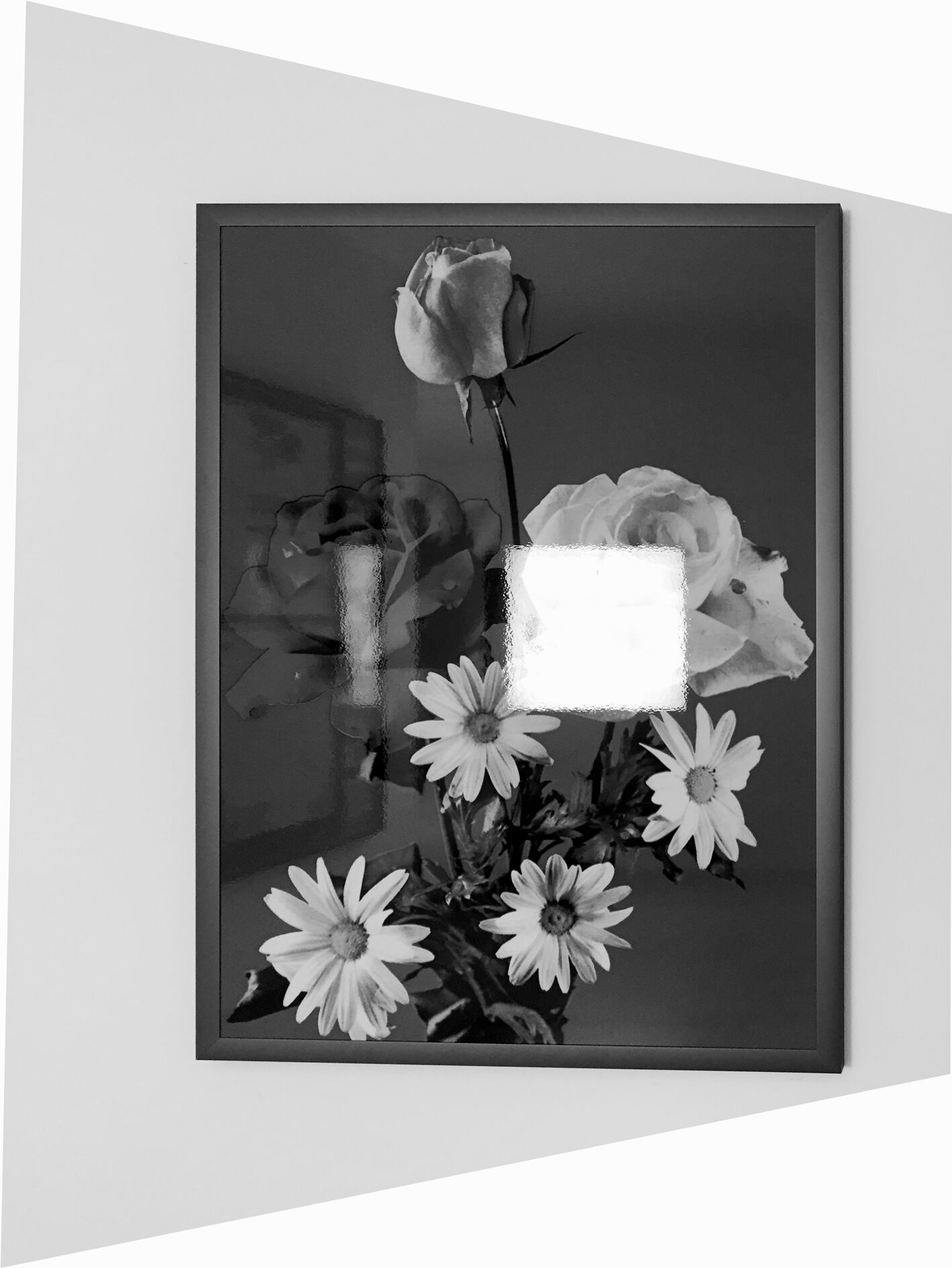
'MDD, Deurle, BE, 2015’, from SAVE AS IMAGE
© Marc De Blieck
Courtesy Annie Gentils Gallery

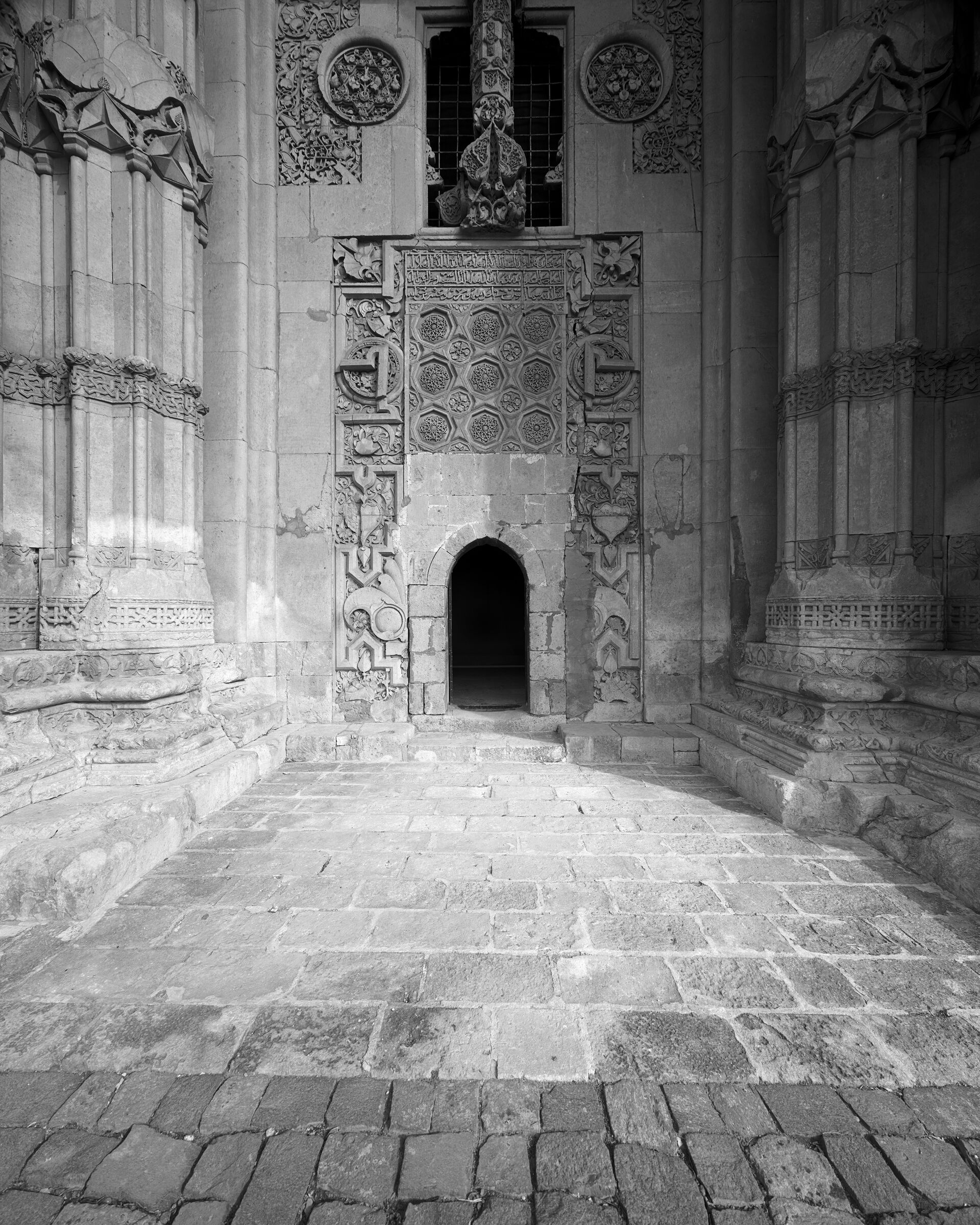
‘Divriği Ulu Cami ve Darüşşifası, Divriği, TR, 2013’, from SAVE AS IMAGE
© Marc De Blieck / Courtesy Annie Gentils Gallery
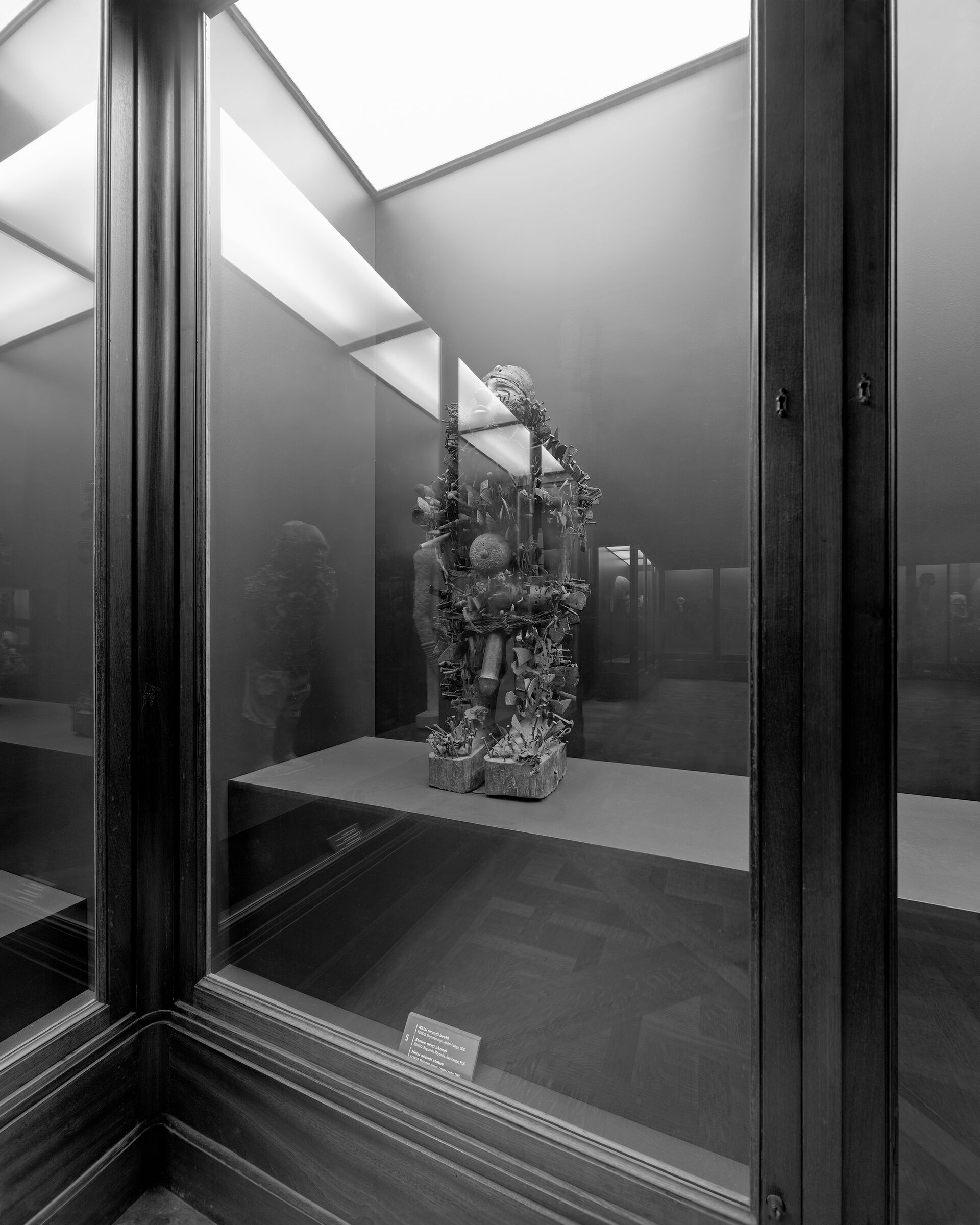
‘Koninklijk Museum voor Midden-Afrika, Tervuren, BE, 2013’, from SAVE AS IMAGE
© Marc De Blieck / Courtesy Annie Gentils Gallery
This work, set out in his latest publication, Save as Image, is a remarkable attempt to separate the taking up of a point of view from the need to express a viewpoint. The book, which is the result of a PhD in the Arts, derives its title from a command in Photoshop, thus immediately pointing towards the digital nature of his photographic work. This aspect is also explicitly addressed in several diptychs spread throughout the book, each showing two images of the same subject. One image shows the object from the point in space where the photographer stood (often askew in relation to the subject in question), and the other shows a distorted image of the same object created by using a set of commands in Photoshop to make it look as if the photographer stood right in front of it. As such, these diptychs aren’t about the supposed difference between analogue and digital photography (you can create the same stunning visual effect by using an analogue large format camera) but about the relativity – and even untrustworthiness – of the point of view in photography. In other words, the point in space from which the photographer operates doesn’t necessarily correspond with the one suggested in the final result. Apparently, there’s no such thing as a fixed, readable point of view in photography!
Besides these diptychs, Save as Image combines a long text interspersed with a slew of images of culturally important sites or objects. The text itself is a meandering string of sentences, almost without punctuation, in which De Blieck tentatively addresses different issues that relate to the making of a PhD in the arts. The author never bothers to explain what the images show or what the intentions behind them could’ve been. Instead, the text points to the different aporias that define the process of research in the arts – such as the obligation to speak, to write a text as an accompaniment to the artistic production, as if the artwork itself isn’t already a discursive object in its own right. Just like in the diptychs, he addresses these issues askew, never settling into a final argument or answer. He posits, retracts, disputes and contradicts, keeping the wandering text as an open proposition instead of using it to articulate a fixed discourse. As such, the text itself already avoids taking up a position, inducing the reader/viewer of the images to see a similar kind of reluctance at work.
In addition to this meandering text, De Blieck also employed several other strategies to produce these strange images defined by a pointless point of view. The first one has to do with his ‘choice’ of subject matter. Although the book contains a great variety of subjects – from the archaeological site of Petra to small figurines in a German museum – they all share one important quality. They are cultural sites and (often small) art objects that are already considered to be interesting enough to be preserved or put on display. The question of whether it would be interesting to photograph these buildings and objects was already decided by UNESCO, which identified the site as cultural heritage, or by a curator in a museum that put them on display. As such, De Blieck’s work merely confirms the importance others have already attributed to these art objects. In choosing to photograph these sites and objects, he didn’t express a personal preference but only repeated an already established cultural interest. Nevertheless, it remains to be seen whether there’s a hidden or unconscious desire in play. Why would he, from all the myriad options in a museum, for instance, focus specifically on this or that subject? Isn’t there some guiding principle? Isn’t he, by just selecting only these few items that are on display or these particular architectural sites and buildings, also expressing some deeply seated predilections about what matters to him most? Aren’t these images, albeit indirectly, also exposing the photographer?
Indeed, when we study the images a little bit more closely, we start to notice some telling similarities. The doors of the buildings, churches or archaeological sites that he photographs are always closed. The same applies to the small cabinets or chests on display in the museum. And even the smaller objects and figurines are always exhibited in glass cases, visually transparent but out of reach of the exploring hand – a feeling of inaccessibility that is often enhanced by the many reflections that disturb the viewing process. In other words, there’s a clear tendency to stress the stern outside of things, their impenetrability. But again, in doing so, De Blieck only seems to withdraw even more. Now, he isn’t subjecting his choices to what other institutions already put forward as interesting; rather, he’s yielding to a fundamental aspect of the medium itself. The willingness to stay on the outside of things only reiterates a crucial ‘defect’ of photography: its glaring superficiality. Again, De Blieck, through his selection, does not seem to speak about himself but instead gives way to what the photographic system is capable of revealing about the sites and objects to which his gaze is turned.
What interests De Blieck is what happens to the subject when it has passed through the cold, detached, technological seeing machine that is the photographic camera. The sudden, short-lived but radical loss of human control that goes along with this process turns the photographer into the recipient of a gift. This bewildering gift allows him to see the subject afresh, to explore it from a different, and technological, angle. In this process, something is gained (a new, exciting visual proposition), but something else is lost (a truly human connection to the subject). Indeed, there’s often a peculiar kind of emptiness haunting these clueless images, as if something crucial is missing. As an example, let’s take a closer look at Staatliches Museum Schwerin, Schwerin, DE from 2017. The image shows nothing more than a decorated frame beautifully adorned with delicately painted flowers but with an empty centre in the middle – a black mirror reflecting nothing but darkness. The centre comprises nothing more than a black hole, a dark, impenetrable void. Nothing seems to hold this frame together (nothing is being framed): we do see ‘something’, but that ‘something’ is contaminated by a more fundamental absence. It seems that this paradoxical situation in which something appears while simultaneously withdrawing itself is the real impetus behind De Blieck’s photographic oeuvre. Photography is here a way of keeping the question about the meaning of what enters his camera unresolved rather than an attempt to answer it.
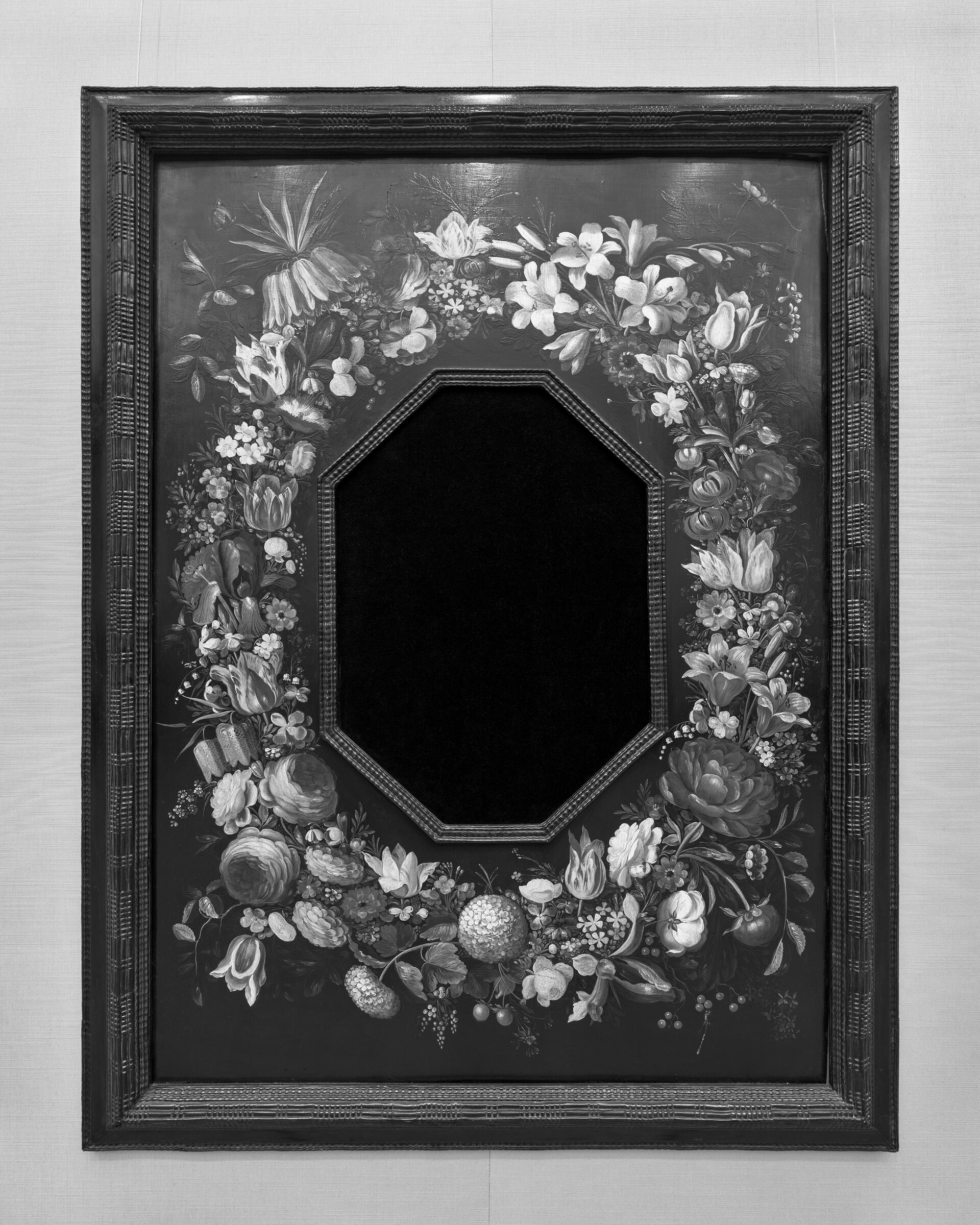
Staatliches Museum Schwerin, Schwerin, DE, 2017
The second strategy is a technical one. De Blieck’s images are mostly made using an ultra wide-angle lens. This has two important effects on the way the three-dimensional space gets translated into a two-dimensional surface and how, as a result, the viewer experiences the photograph. First, it leads to a situation in which the photographer stands physically quite close to the photographed object, whereas the viewer experiences it as far removed in the imaginary space of the image. This tension between the nearness of the photographer and the remoteness of the viewer is used to great effect here, stressing once more the impossibility of a stable viewpoint. The second and probably most visible effect of the wide-angle lens is that the space at the borders of the image starts to bend. Suddenly, the image loses its transparency and viewers become aware that they’re looking at an image, not the thing itself. When presenting his images in an exhibition space, De Blieck once more stresses the object quality of the image. By printing the image in several parts on sheets of lightweight Japanese paper that are then assembled into one massive, large image, the image loses its smoothness, displaying the cracks and folds where the different prints meet. The image regains a skin and is no longer a transparent window on the world but an object in its own right. However, it’s important to note that this lack of transparency isn’t only the result of the added manipulation by the photographer but also (and more profoundly) an effect of photographic technology itself. It’s photography as such that speaks here, that puts itself between us and the object out there in the world. In stressing the difference between photographic and human seeing, the photographed object is held in suspense: tantalising here yet never fully graspable. The act of photography boils down to acknowledging the question of what the world has become for the photographer while keeping a possible answer at bay. To paraphrase Jean Baudrillard: to photograph means to succumb to the fatal attraction of a world that exists outside of us. To photograph is not about revealing the (all too human) meaning of the world but about confronting its utter otherness. To photograph is that paradoxical act in which you make something visible without actually grasping or understanding it.
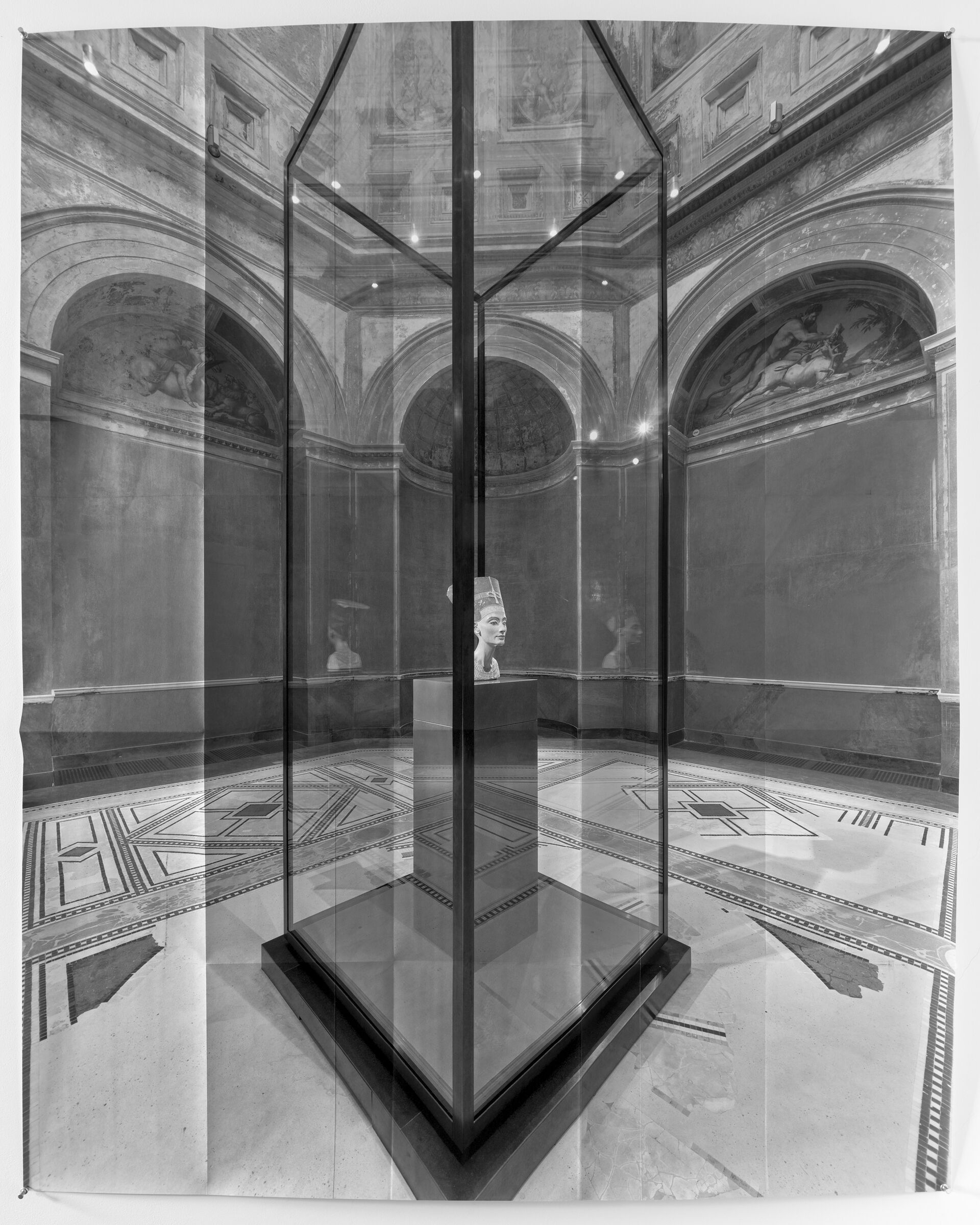
Neues Museum, Berlin, DE, 2018
Carbon print on kozo paper
